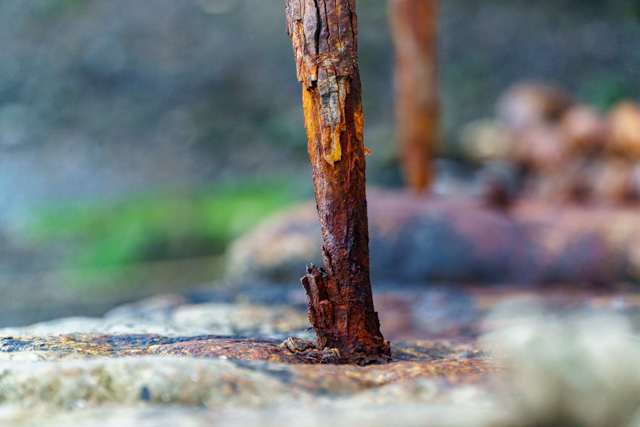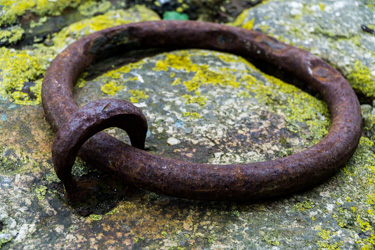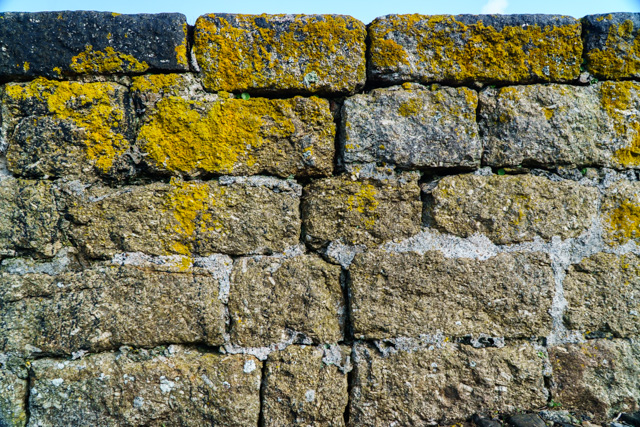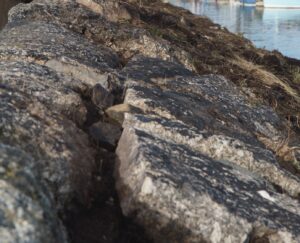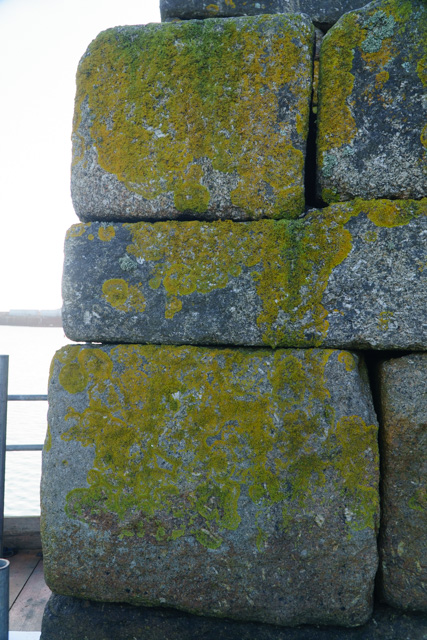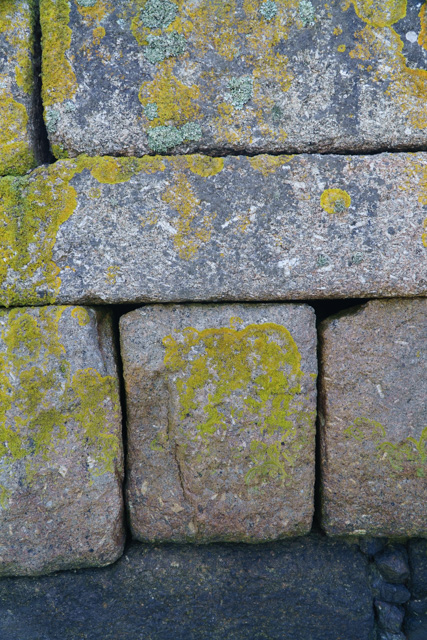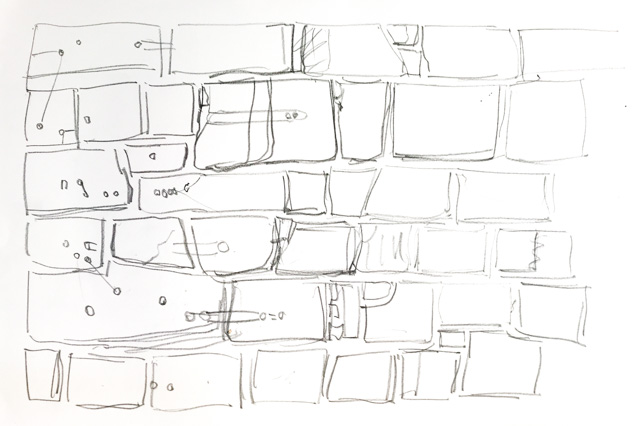
It’s time for the stonework!
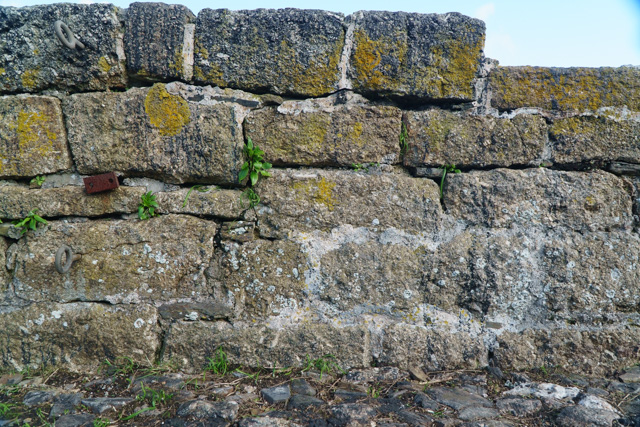
Finish off the weeding and ivy removal to the Access slip, the Red Lion slip and the top of the parapet wall. .
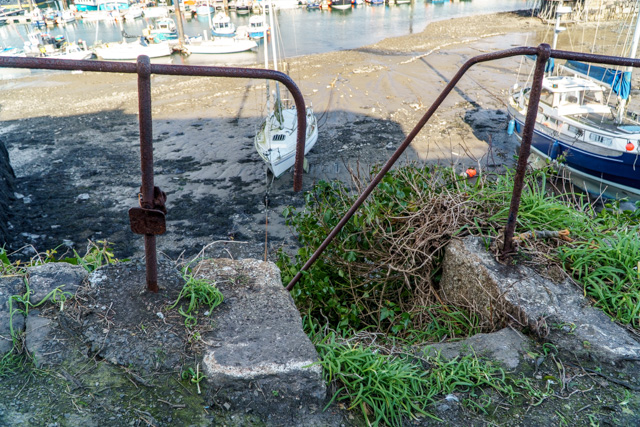
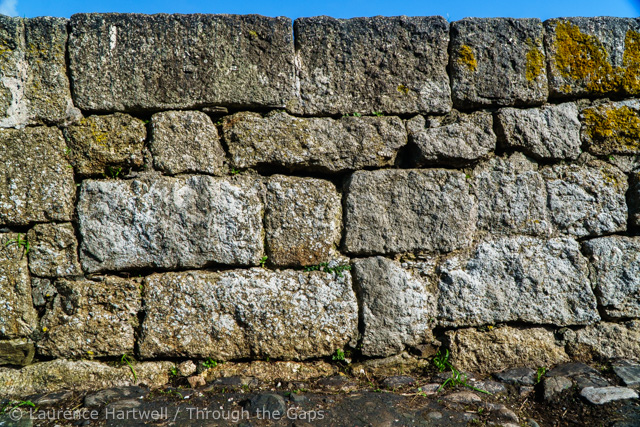
Start filling in the gaps between the stones on the top of parapet wall with small pebbles (now on site) in readiness for the pointing.
Chip out the old pointing on the vertical face of the upper section of the parapet wall.

Power wash off the grass and mud on the surface at the end of the quay. (I hope to borrow the harbour’s more powerful pressure washer this weekend)
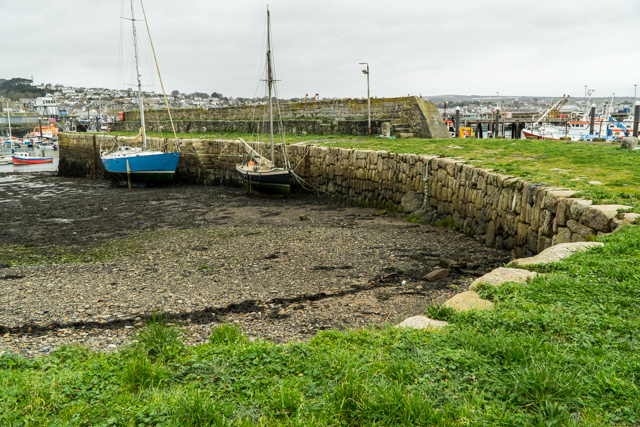

Choosing, measuring and recording the new sizes and locations for the replacement granite staples at the end of the quay.
Removing the corroded railing posts and handrail on the Red Lion slip for Pencarn Forge to repair. (here we need any vessels that are tied to the handrail posts to tie up elsewhere first).
